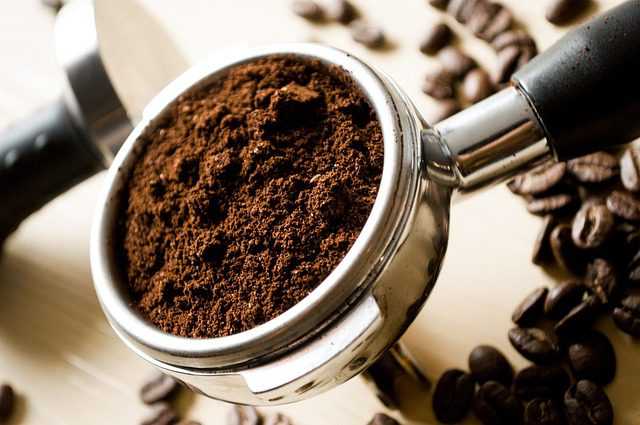HUDDERSFIELD, UK – Researchers at the University of Huddersfield have shed light on how finely you should grind your coffee, at a time when the question of how to brew the perfect espresso is being hotly debated. Mathematicians Professor William Lee and Dr Ann Smith from the University of Huddersfield’s School of Computing and Engineering have published their findings in the American Institute of Physics journal Physics of Fluids, titled ‘Uneven extraction in coffee brewing’.
The article also states how the extraction often takes place unevenly. And so – problematic for mathematicians – the results become difficult to calculate.
The decisive factor behind making the perfect espresso occurs during extraction, as water flows though the bed of coffee powder under pressure, the grain size of the coffee powder also has a part to play. Understanding the origin of uneven extraction and avoiding or preventing it would lead to substantial financial savings as a result of using coffee more efficiently.
Mathematically modelling espresso brewing
Mathematically modelling espresso brewing is not trivial, on the contrary. With nearly 2000 ingredients and flavourings, coffee is one of the most complex beverages available.
Overall, 30 percent of coffee is water-soluble, especially caffeine and essential oils. However, in the case of an espresso, only 18 to 22 percent should be extracted. Depending on whether the brewing water has passed through too slowly or too quickly, the espresso tastes either bland or bitter.
To decipher the physics behind it, the two mathematicians chose a simplified model based on only two possible paths the water can take as it flows through the coffee. They assigned a different porosity factor to the paths, ensuring the coffee powder was more densely packed in one than the other and were taken aback when the model would always predict uneven flow across different parts of the coffee bed.
“This is important because we know the taste of the coffee depends on the level of extraction,” explained Professor Lee. “Too little extraction and the taste of the coffee is what experts call ‘underdeveloped,’ or as I like to describe it ‘smokey water’. Too much extraction and the coffee tastes very bitter,” he added.
A ‘tipping point’
The two scientists have also revealed a ‘tipping point’ in coffee where if the water flows quickly through the powder, it pulls out the aromas more rapidly, which in turn reduces the flow resistance: a feedback loop.
Even if the overall yield of the extraction seems to be at the right level, this does not necessarily mean that the brewing process has been optimal. It could be a random product of underdeveloped and bitter coffee.
“Our next step is to make our model more realistic to see if we can obtain more detailed insights into this confusing phenomenon,” said Professor Lee.
In terms of practical implications for espresso brewers Dr Ann Smith advises those who use the ultra-fine setting on their grinder to relax a little.
“Less finely ground coffee leads to greater extraction, improved quality and less wastage,” she said.










